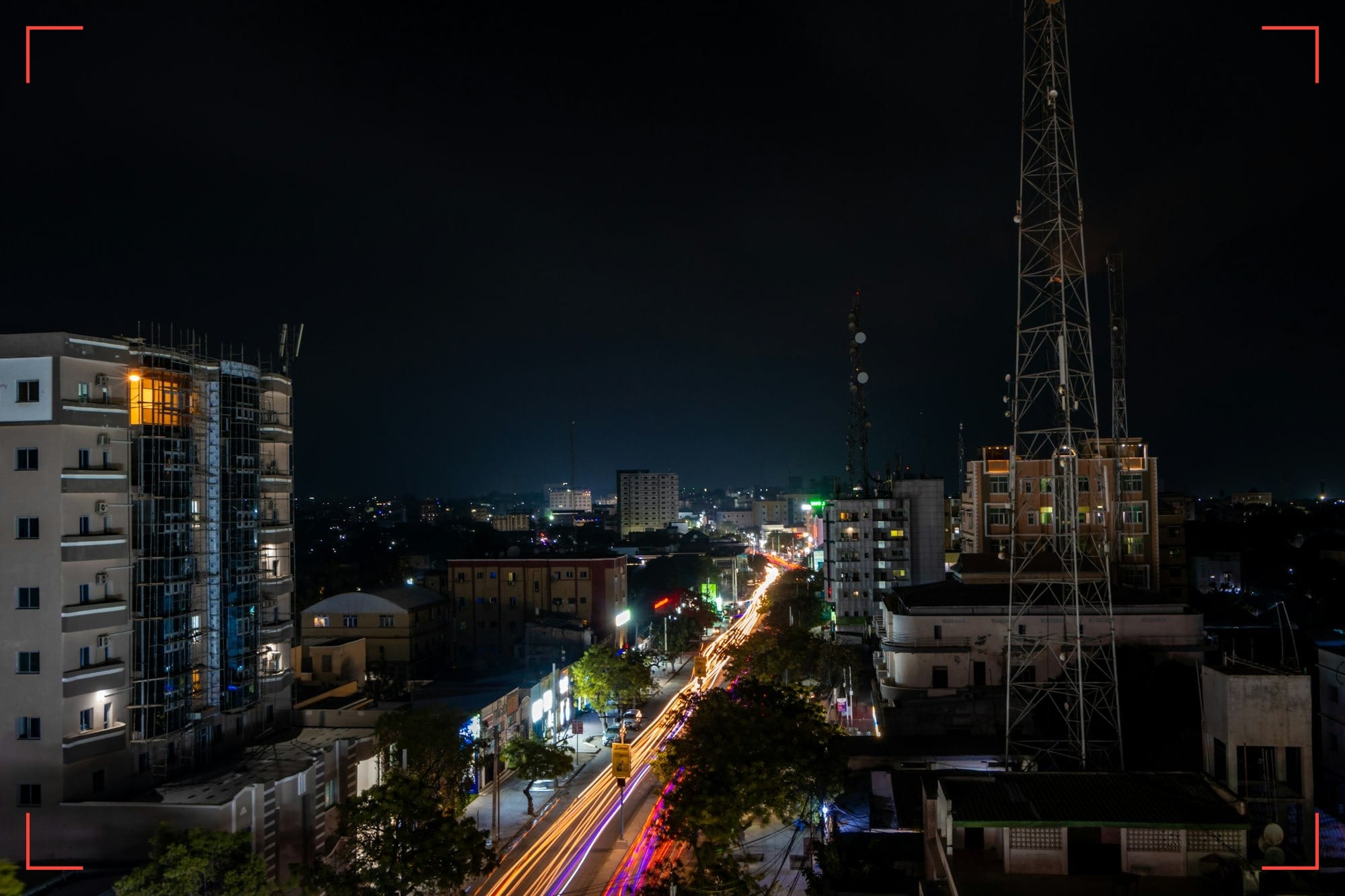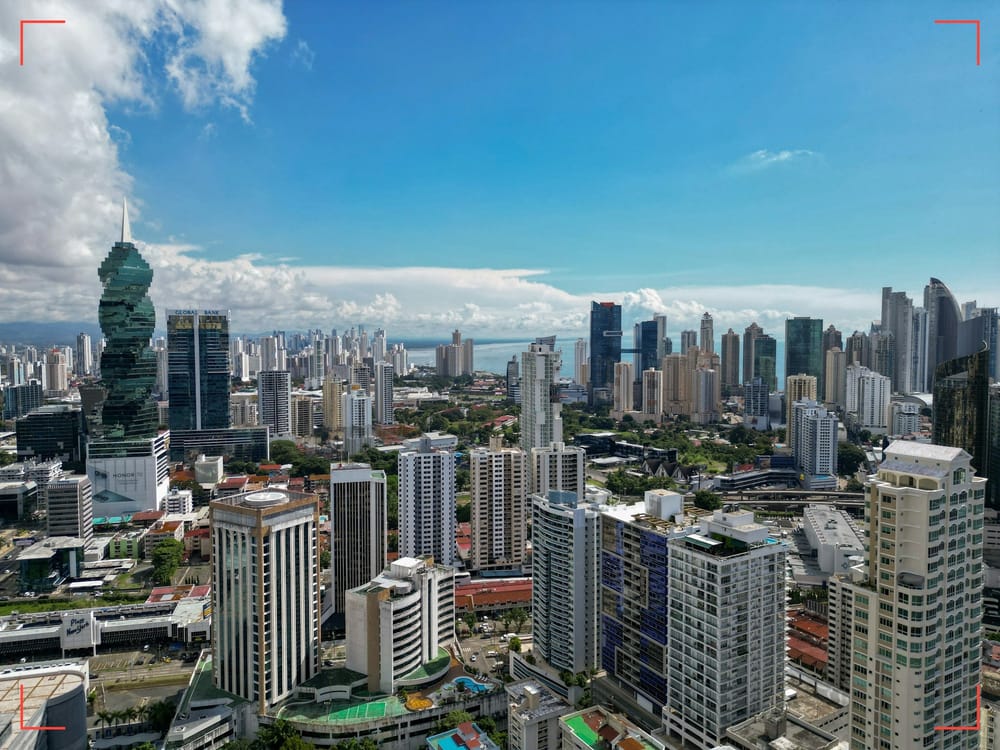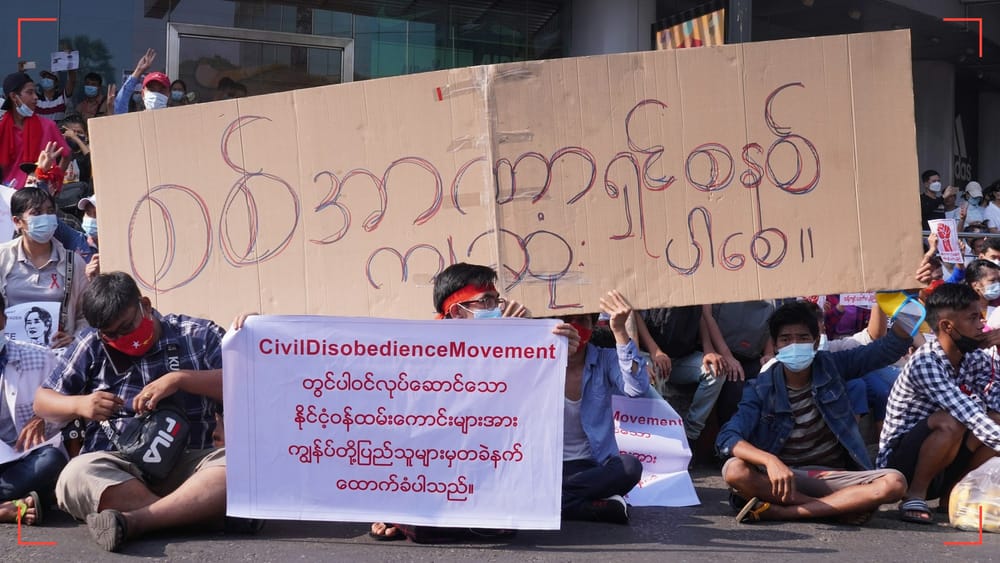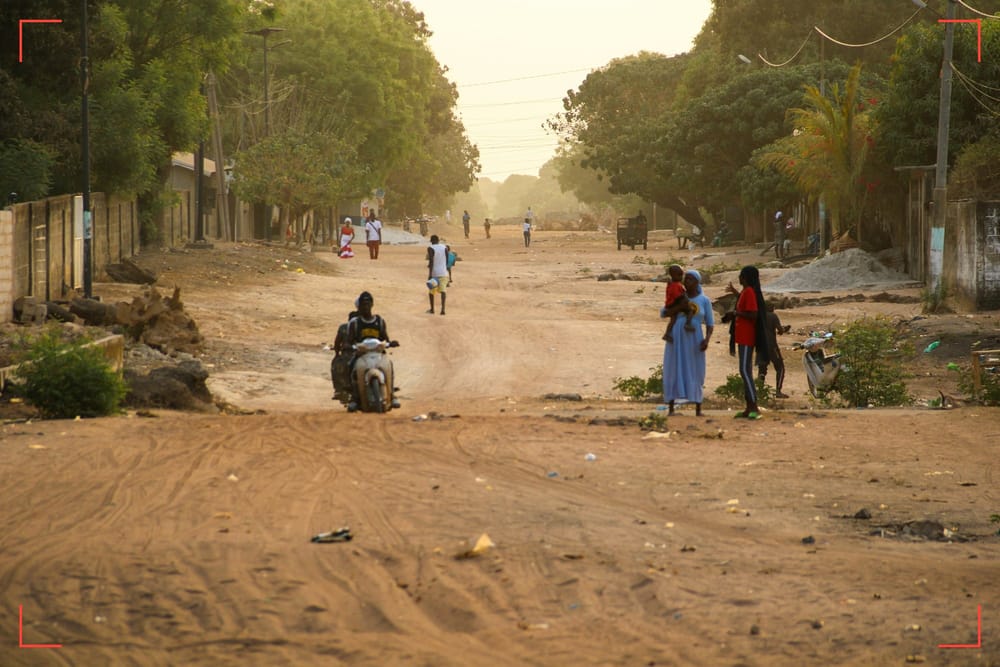
Report Details
Initial Publish Date
Last Updated: 14 APR 2025
Report Focus Location: Somalia
Authors: BA, GZ
Contributors: GSAT
GSAT Lead: MF
RileySENTINEL provides timely intelligence and in-depth analysis for complex environments. Our global team blends international reach with local expertise, offering unique insights to navigate challenging operations. For custom insights or urgent consultations, contact us here.
Key Points
- Al-Shabaab remains a major threat in Somalia as it continues carrying out deadly attacks, including the March 11 hotel bombing in Beledweyne and the March 18 roadside bomb targeting President Hassan Sheikh Mohamud.
- Al-Shabaab attacks in Somalia killed over 613 civilians and injured 948 in 2022 alone, the highest civilian toll since 2017.
- Somalia launched a four-year National Transformation Plan to boost security, governance, economy, and climate resilience in line with its Centennial Vision 2060.
- Al-Shabaab has infiltrated Somalia’s security forces and formed dangerous ties with Yemen’s Houthi rebels, raising concerns about deeper regional instability.
- Nearly 3 million people have been displaced, with almost 1 million facing critical hunger due to conflict, drought, and reduced humanitarian funding.
- The Somali government plans to integrate Artificial Intelligence into its counterterrorism operations, focusing on surveillance and data analysis.
- A leaked letter from Somalia's president proposed giving the U.S. operational control over key ports and air bases, including Berbera—sparking tensions with Somaliland.
- Turkey signed a 10-year security and energy deal with Somalia, including a 30% share in offshore oil revenue and deployment of 3,000 Sadat mercenaries.
- Al-Shabaab launched a mortar attack on the AU base in Mogadishu airport (April 6), highlighting the group's increasing reach near the capital.
- The African Union (AU) and UN missions in Somalia are transitioning, with the African Union Transition Mission in Somalia (ATMIS) drawing down by 2025 and the UN Assistance Mission in Somalia (UNSOM) being replaced by the UN Transitional Assistance Mission in Somalia (UNTMIS).
Summary
Somalia remains in a state of crisis due to decades of conflict, political instability, and militant violence, especially from Al-Shabaab. Despite government efforts, regional military support, and the intervention of external actors, the group continues deadly attacks, including a recent assassination attempt on President Hassan Sheikh Mohamud and multiple bombings in Mogadishu and Beledweyne. The country faces worsening humanitarian conditions, with nearly one million people at risk of severe hunger and millions displaced due to conflict and climate disasters. To address this, the government launched the National Transformation Plan 2025-2029, prioritizing economic growth, governance, and security reforms, including using AI in counterterrorism. Foreign involvement is increasing, with Somalia offering the U.S. access to key ports and bases, sparking tensions with Somaliland. Turkey has also deepened its role by deploying mercenaries and securing oil exploration rights. Meanwhile, peacekeeping transitions from ATMIS to a UN-backed mission continue, though Al-Shabaab remains a powerful threat, and security in the capital is fragile.
Remaining content is for members only.
Please become a free member to unlock this article and more content.
Subscribe Now






